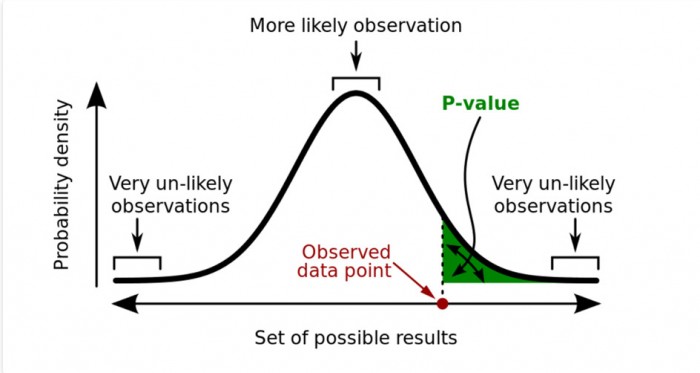Folks, we haven't checked on Patty in a while…
As Patty walked into her office, her phone rang.
“Hello, this is Professor Coleman, how may I help?” Patty cheerfully answered.
“Professor Coleman, this is Mark Williams, a former student of yours,” the caller responded.
“Hello Mark, it’s been a year or two since you graduated, right?" Patty asked.
Actually, it’s been 4 years this coming June," Mark responded.
Patty secretly groaned inside.Where were the years going?35 years old will soon be a memory.
“Well, it’s great to hear from you.What’s up? Patty asked.
“You remember that I took a job at ACME, your former employer, right?" Marked said.
“Sure, I remember it well.I was happy for them that they snagged a great engineer like you,” Patty remarked.
“Well, Mike Madigan doesn’t think so much of me. He said I should go to you to get straightened out,” Mark went on.
Mark explained the situation to Patty and asked if he could visit.She agreed and they made a date for later in the week.
A few days later, Mark arrived at the appointed time and Patty asked if she could summarize the situation. Mark agreed.
“So you are evaluating two solder pastes and they are both excellent in all regards, including response to pause and shear thinning,they have good stencil life and tack, and excellent SIR. The main difference is that paste A has a better transfer efficiency (TE) than paste B. Am I right so far?" Patty asked.
“Yes, and the difference is statistically significant. I performed a one-sided hypothesis test to show this result. The mean TE of paste A was 100% and that of B was 94%. We have also determined that a difference of 5% is practically significant,” Mark summed up.
“Remind me what the issue is then?” Patty asked.
“Madigan asked what the p value was. (See Figure 1.) I told him that p was the statistical likelihood that we would be wrong if we claimed that paste A had a transfer efficiencyhigher than paste B and that, in this case, p was equal to 0. I showed him this from the Minitab 19® output,” Mark added.

Figure 1. The P value can't be zero. Image from here.
“And?” Patty added.
“He yelled at me, telling me that the p value can’t be 0!It can be a small number, but it can’t be 0. Hethen told me to go and see you to learn how to calculate small p values.So, here I am."
Will Patty and Markfigure out a way to calculate smallp values? Stay tuned.
Cheers,
Dr. Ron

